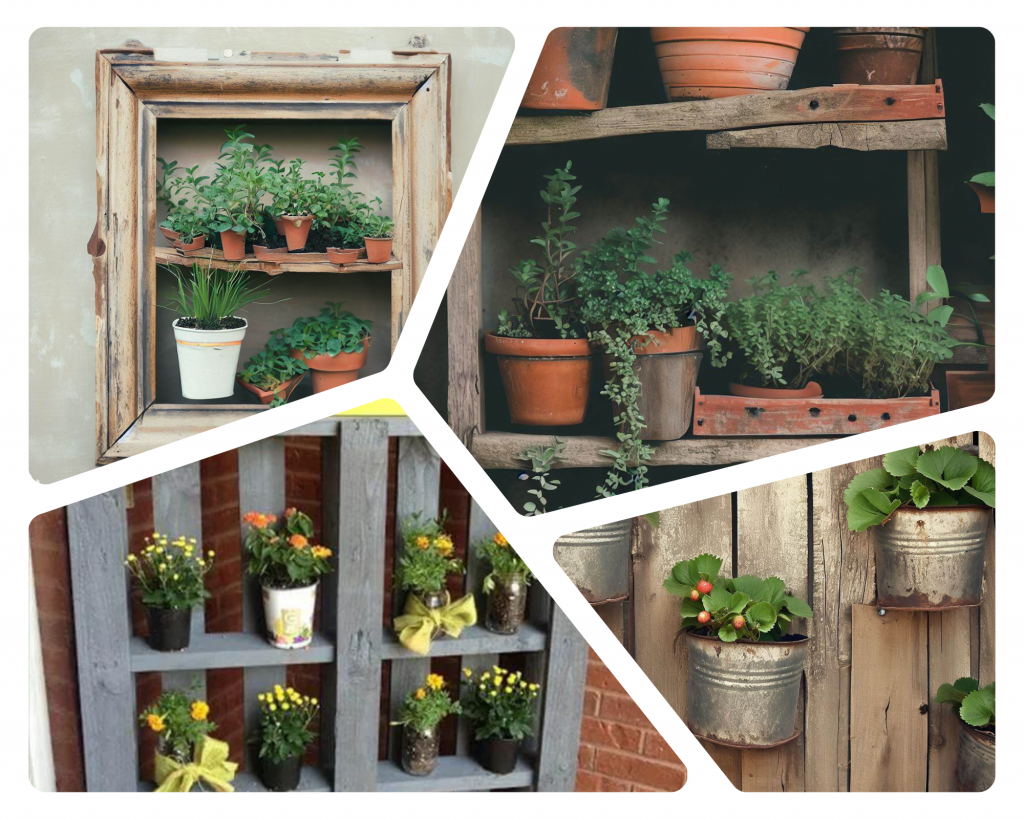Vertical planters, also known as vertical gardens or living walls, are innovative gardening systems that allow you to grow plants vertically on walls, fences, or in specially designed structures. These vertical gardens are not only aesthetically pleasing but also space-efficient and environmentally beneficial. Here’s all you need to know about vertical planters:
Key Features:
- Vertical Space Utilization: Vertical planters make the most of limited space by growing plants upwards instead of outwards.
- Diverse Plant Selection: You can grow a wide range of plants in vertical gardens, including herbs, flowers, succulents, vegetables, and even small fruiting varieties.
- Aesthetically Pleasing: Vertical gardens can enhance the visual appeal of your indoor or outdoor spaces, adding a touch of greenery and beauty to any area.
- Improved Air Quality: Living walls contribute to better air quality by filtering pollutants and releasing oxygen.
- Insulation: Vertical gardens can act as natural insulation, helping to regulate temperature and reduce energy consumption in buildings.

Types of Vertical Planters:
- Modular Systems: These are pre-designed systems with modular components that can be customized to fit your space. They often include pockets or containers for planting.
- Green Wall Panels: Panels are pre-planted with a variety of plants and can be attached to walls or fences. They come in various sizes and designs.
- DIY Pallet Gardens: You can create a vertical planter by repurposing a wooden pallet, filling it with soil, and planting herbs, flowers, or succulents in the slats.
- Hanging Planters: Hanging planters, such as pocket planters or fabric pouches, are suspended from hooks or rails. They’re suitable for both indoor and outdoor use.
Benefits:
- Space Efficiency: Vertical planters are perfect for small gardens, balconies, and urban spaces where horizontal space is limited.
- Easy Access: They make it easy to tend to your plants without bending or kneeling.
- Reduced Pests: Elevated plants are less susceptible to ground-dwelling pests and diseases.
- Decorative Element: Vertical gardens can serve as functional decor, transforming walls and fences into living works of art.
Considerations:
- Light Requirements: Ensure your vertical garden receives the appropriate amount of sunlight for the plants you choose.
- Irrigation: Depending on the design, vertical gardens may require careful watering to prevent over- or under-watering.
- Maintenance: Regular pruning and maintenance are essential to keep your vertical garden healthy and attractive.
Vertical planters offer an exciting way to maximize your gardening space while adding greenery to your surroundings. Whether you opt for a modular system, DIY project, or green wall, they can be a fun and environmentally friendly addition to your home or outdoor area.